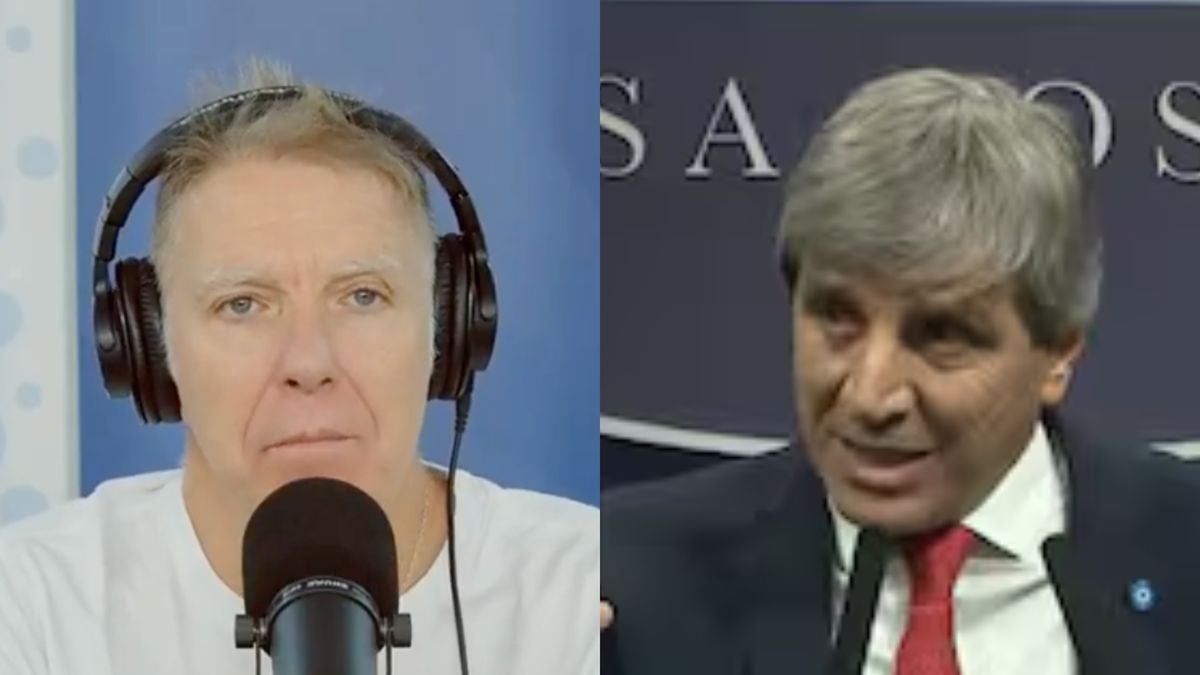David William is a talented author who has made a name for himself in the world of writing. He is a professional author who writes on a wide range of topics, from general interest to opinion news. David is currently working as a writer at 24 hours worlds where he brings his unique perspective and in-depth research to his articles, making them both informative and engaging.
Menu
ROOPLE IN STREAMING WITH ALEJANDRO FANTINO
Categories
Most Read
Corporate security in the face of economic uncertainty: smart investment in times of budget pressure
October 8, 2025
No Comments
Argentine financialization and the feast of global crooks
October 8, 2025
No Comments
The labor reform must go to the link, not to the employment in the abstract
October 7, 2025
No Comments
Argentina, the startup of the collapse, seeks a new round of financing
October 7, 2025
No Comments
Retirement insurance: the challenge is not waiting, is to anticipate
October 6, 2025
No Comments
Latest Posts

Duchess Meghan: She shares emotional message to Prince Harry
October 11, 2025
No Comments
Lisa HarrisI am an author and journalist who has worked in the entertainment industry for over a decade. I currently work as a news editor

John Lodge: Moody Blues bassist dies aged 82
October 11, 2025
No Comments
Mourning for musicians Moody Blues star John Lodge is dead Copy the current link Add to watchlist Mourning in the music world: A star of

Real estate: Lawyer for the Republic suspects Benko’s assets are in foundations
October 11, 2025
No Comments
AngelicaI am an author and journalist who has written for 24 Hours World. I specialize in covering the economy and write about topics such as
24 Hours Worlds is a comprehensive source of instant world current affairs, offering up-to-the-minute coverage of breaking news and events from around the globe. With a team of experienced journalists and experts on hand 24/7.

